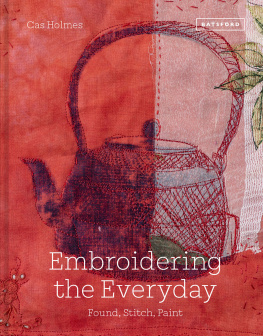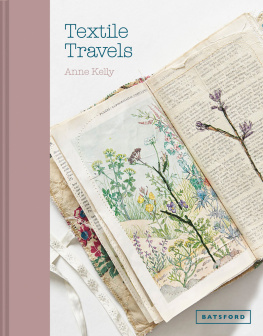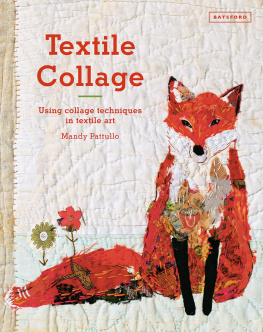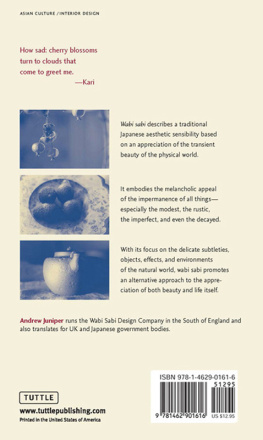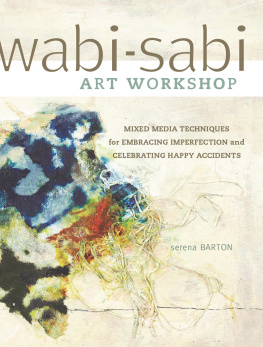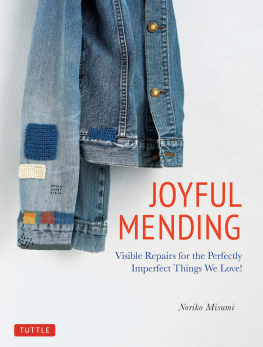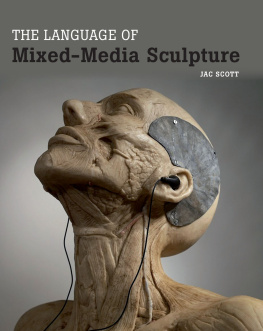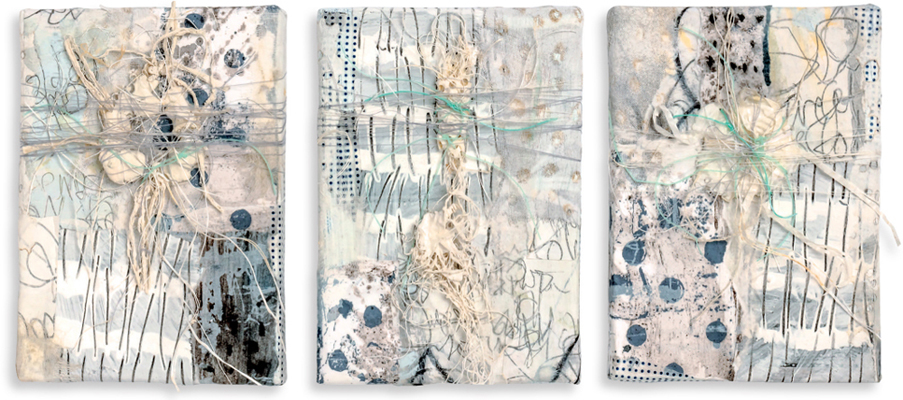Shelley Rhodes - Fragmentation and Repair: for Mixed-Media and Textile Artists
Here you can read online Shelley Rhodes - Fragmentation and Repair: for Mixed-Media and Textile Artists full text of the book (entire story) in english for free. Download pdf and epub, get meaning, cover and reviews about this ebook. year: 2021, publisher: Batsford, genre: Home and family. Description of the work, (preface) as well as reviews are available. Best literature library LitArk.com created for fans of good reading and offers a wide selection of genres:
Romance novel
Science fiction
Adventure
Detective
Science
History
Home and family
Prose
Art
Politics
Computer
Non-fiction
Religion
Business
Children
Humor
Choose a favorite category and find really read worthwhile books. Enjoy immersion in the world of imagination, feel the emotions of the characters or learn something new for yourself, make an fascinating discovery.
- Book:Fragmentation and Repair: for Mixed-Media and Textile Artists
- Author:
- Publisher:Batsford
- Genre:
- Year:2021
- Rating:5 / 5
- Favourites:Add to favourites
- Your mark:
Fragmentation and Repair: for Mixed-Media and Textile Artists: summary, description and annotation
We offer to read an annotation, description, summary or preface (depends on what the author of the book "Fragmentation and Repair: for Mixed-Media and Textile Artists" wrote himself). If you haven't found the necessary information about the book — write in the comments, we will try to find it.
Discover the rich creative possibilities of fragmentation and repair in textile art.
Fragmentation and repair are two of the biggest buzzwords in textile and mixed-media art. In this fascinating book, renowned artist Shelley Rhodes explores both concepts, with a wealth of fresh ideas and practical advice.
Drawing on her own practice, Shelley explains how she reconstructs and reassembles cloth, paper and other materials to create new pieces, often incorporating found objects and items she has collected over the years to add depth and emotional resonance. From piercing and devor to patching and darning, techniques include:
- Fragmentation of materials, text and image.
- Repair using darning and patching along with pins, tape, adhesive and plaster.
- The Japanese concepts of wabi-sabi (finding beauty in imperfection) and mottainai (using every last scrap).
- Using salvaged and recycled materials, and repurposing household items.
- Methods of distressing and manipulating surfaces including weathering, abrasion, burning, piercing, staining and burying.
- Collage, working in a series and collecting fragments.
Beautifully illustrated with Shelleys own pieces alongside those of other leading artists, this fascinating book is the ideal companion for any textile artist wanting to bring notions of fragility, fragmentation and repair into their own work.
Shelley Rhodes: author's other books
Who wrote Fragmentation and Repair: for Mixed-Media and Textile Artists? Find out the surname, the name of the author of the book and a list of all author's works by series.


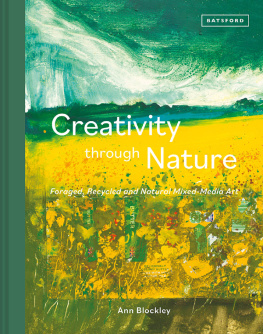
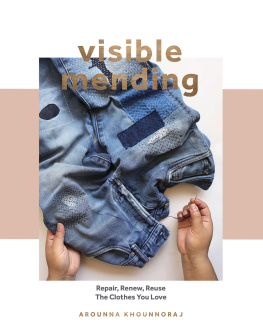
![Noriko Misumi [ミスミノリコ] - Mending with Love: Creative Repairs for Your Favorite Things](/uploads/posts/book/306555/thumbs/noriko-misumi-mending-with.jpg)

